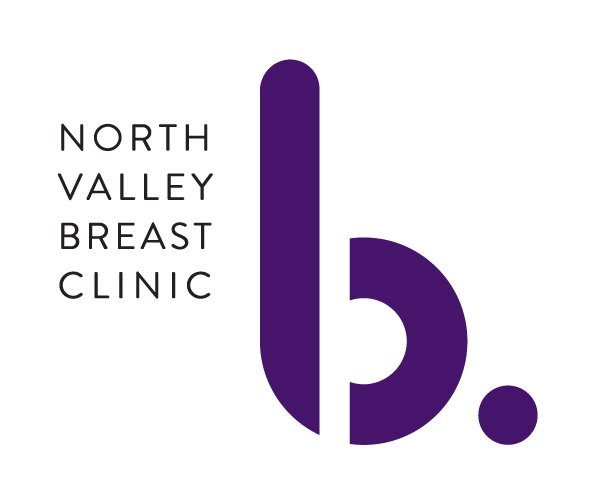Risk Assessment
Risk assessment is the cornerstone of our screening program. Our program was originally developed based on consensus recommendations from the Society of Breast Imaging and the American College of Radiology, published in 2010. You can review these recommendations here. In March 2018, these recommendations were updated by the ACR to reflect new imaging and risk assessment technology. You can read the revised recommendations here.
Both sets of recommendations emphasize the importance of understanding your risk of developing breast cancer prior to imaging. As we have been doing since 2011, the ACR recommends a risk assessment to determine when to start radiographic screening and what type of screening imaging to perform. Calculating your risk involves gathering details about you and your family history.
The information we gather is critically important in deciding what type of imaging we need to perform to provide the most accurate screening. In addition, we determine your breast density. Then, using a mathematical model, we can determine very precisely how likely you are to develop a breast cancer in the future. This type of screening is referred to as risk-stratified screening. This is how it works:
Women at average risk, less than 15% and without increased breast density do very well with a mammogram every year, starting at age 40.
Those with a moderate risk, between 15 and 20%, do best with an annual mammogram and an automated breast ultrasound, beginning at 35.
Women at high risk benefit from an annual mammogram and either an automated breast ultrasound or an MRI. Most women prefer ultrasound. The best time to start is at age 30 or 10 years prior to the first diagnosis in your family. We also offer all our high-risk clients multi-gene sequencing for cancer susceptibility.
It has been known for years that this method of screening detects breast cancers that would otherwise be missed by mammogram alone. In 2017, research performed here at the clinic showed that risk-stratified screening can result in a lower stage at diagnosis. A lower stage at diagnosis means smaller surgery, less chemotherapy, and a decreased need for radiation. It also means better survival, lower cost and less human suffering during treatment.
So this is why we ask you to fill out a new history form every year. The information you provide helps us to provide you with the best possible screening.
